
Newsletter Subscribe
Enter your email address below and subscribe to our newsletter

Enter your email address below and subscribe to our newsletter
Your Source for Game News and Guides

Wuchang: Fallen Feathers is a brutally beautiful new soulslike with dynamic combat and a wild skill tree. But does it soar or stumble? Here’s the deep-dive, gamer-approved verdict.
Let’s get this out of the way: Wuchang: Fallen Feathers is not for the faint of heart. It’s for the dodgers, the min-maxers, the lore-hunters, and anyone who sees the words “soulslike” and thinks “ooh, pain with personality.” Leenzee Games, in their debut outing, went full throttle and dropped a dense, blood-soaked adventure that’s got sky-high ambition—and most of it sticks the landing.
Is it the most polished soulslike ever? Nah.
Does it have some frustrating design choices? Yup.
But is it absolutely worth your time if you love the genre? 100%.
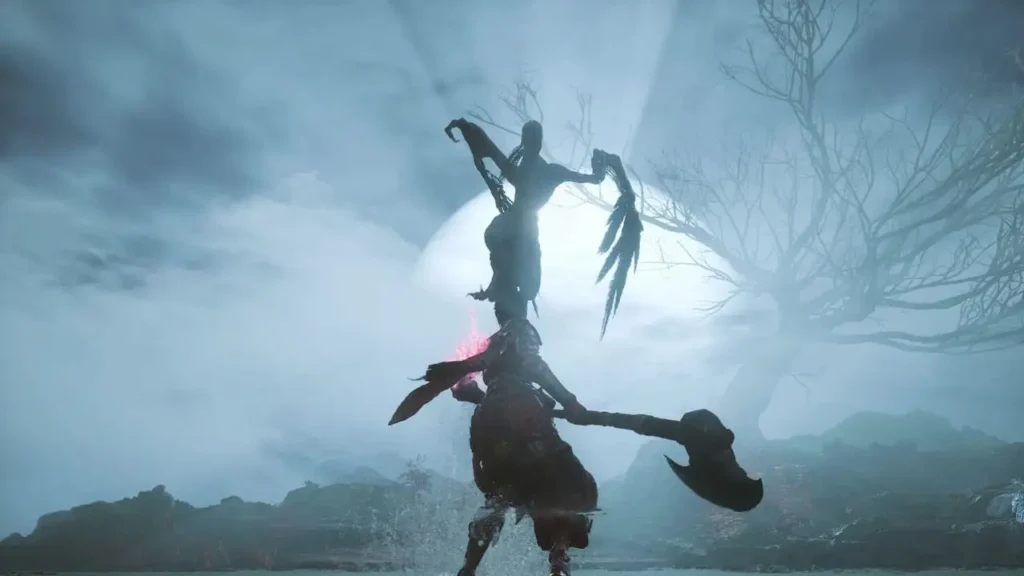
You wake up in a cave with no memory, a mystery illness, and a growing feather problem. Classic Tuesday.
The game kicks off strong with a clear hook: your character is infected with The Feathering, a disease that eats away at your humanity until you’re just another feathery horror roaming the ruins. Your quest? Figure out who you are, cure the illness, and maybe try not to become the next feathered freakshow boss.
The problem? Wuchang expects you to piece together its world like a jigsaw puzzle—with most of the pieces scattered across weapon flavor text and cryptic NPC one-liners. It’s got big Dark Souls energy, but the execution isn’t as clean. By hour 20, you’ll start mixing up who’s who, what faction is what, and why that guy with the monocle just said your name like he knows you.
Pro Tip: Read every item description. Then read it again. Bonus points if you make a spreadsheet.
Now this is where Wuchang earns its wings. The combat is slick, stylish, and surprisingly deep. At first glance, it’s your usual light/heavy attack, stamina-bar dance, but then it throws in:
You’re not just fighting enemies. You’re weaving weapon skills with counters, burning enemies, breaking their poise, dodging death by a feather’s width, and constantly tweaking your strategy.
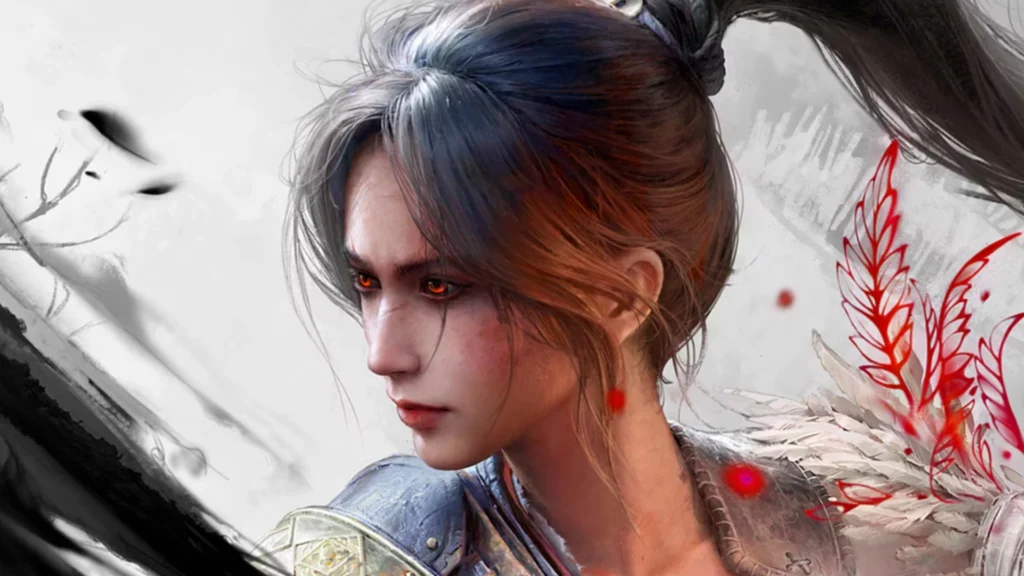
The skill system is basically a love letter to RPG nerds. Think Final Fantasy X’s Sphere Grid meets Salt and Sanctuary’s chaos, split into six paths for weapon styles and general upgrades. Best part? You can respec for free—at any time.
Found a boss weak to fire? Swap to a Flamebringer build. Tired of dodging and want to parry like a god? Boom, change it up. Wuchang wants you to experiment, and it rewards you for it.
Hot Build Tip:
Pair Flamebringer + Crescent Moon. High burn, high mobility, and easy Skyborn Might generation. Chef’s kiss.
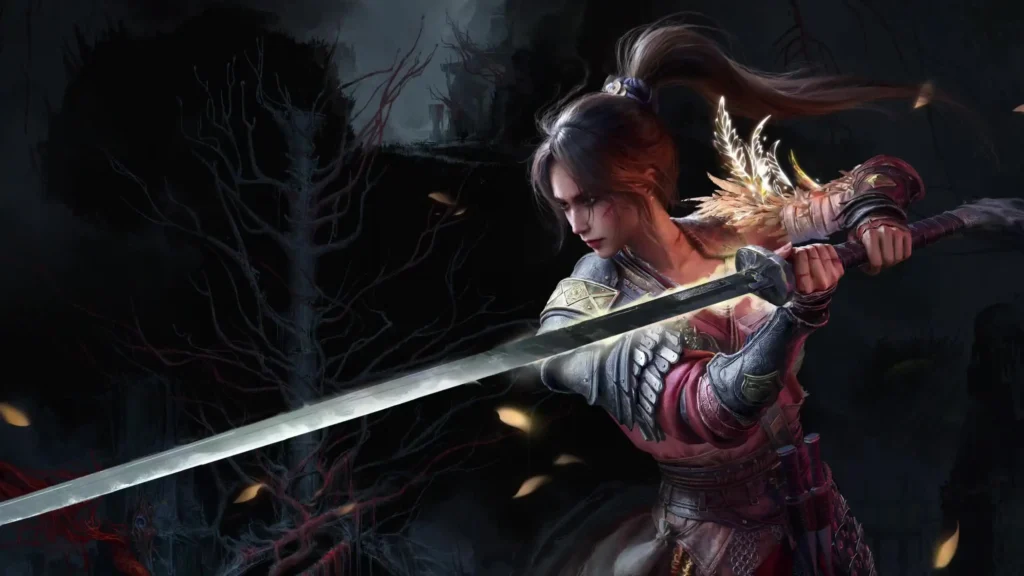
Let’s talk boss design.
Early game? A total rush. Every fight feels fair, and even when you lose, you feel like you could have won. There’s a rhythm, a flow, and when you land that perfect dodge > Skyborn blast > poise break? OOF. Feels good.
Late game? Welcome to RNGesus’ torture chamber.
Take Commander Honglan, one of the mid-late bosses. She’s not just a challenge—she’s a full-blown, controller-throwing, sweat-inducing wall. The dodge windows? Microscopic. The counterplay? Questionable. The health bar? Built like a tank with anger issues.
And it’s not just her. A few other late bosses lean hard into “I hope you like dying 40 times just to learn the moves.” It stops being about strategy and starts being about memorization and luck.
The game does have a posture system, but it’s kinda meh. You build it up only by landing hits (not dodging), and it resets too fast. Unlike Sekiro, where each parry brings you closer to a deathblow, Wuchang just says “Cool dodge. Anyway…” and makes you wait for another small opening.
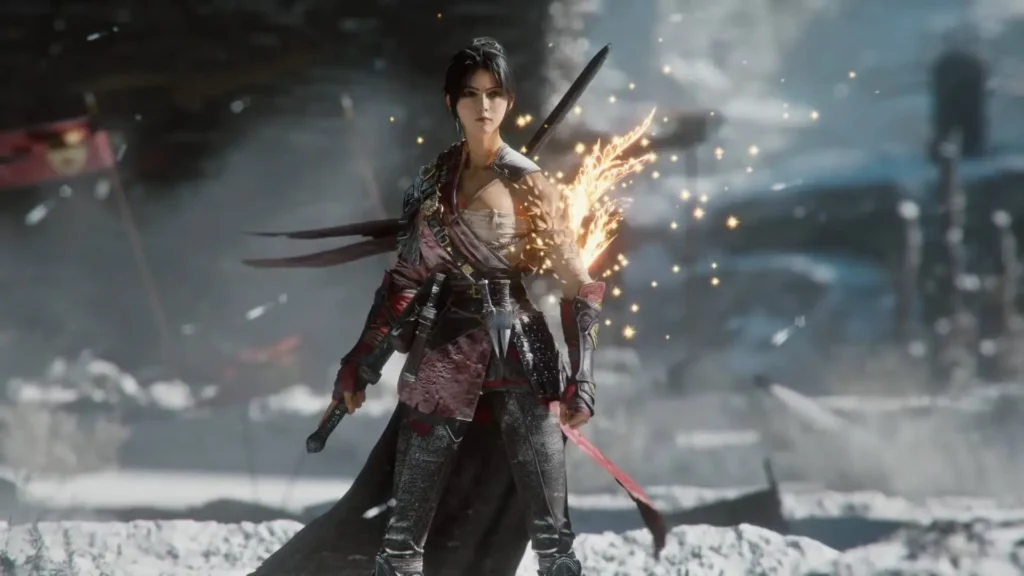
This game nails atmosphere. From tranquil villages hiding corruption to full-on horror zones filled with bird-mutants and plague creatures, every area oozes dread and detail. The world design is classic soulslike—looping paths, clever shortcuts, hidden horrors.
You’ll hit moments that feel more like puzzles than fights. One sequence has you avoiding the gaze of an enemy that builds a one-hit kill affliction called Despair… just by looking at you. You’re sprinting past mobs, dodging poison, and desperately trying not to make eye contact like it’s your ex at a party.
These intense sections bring in a cool blend of horror and strategy that spice up the regular combat grind. It’s not all slashing and dodging—sometimes it’s running, hiding, and praying.
Wuchang keeps the monster mash fresh with a huge variety of enemies. Some zones are crawling with fast-moving, shrieking banshee types. Others throw massive, lumbering juggernauts your way. Then there are the “surprise grab” little goblin dudes who WILL ruin your day if you get cocky.
Every area feels like its own biome of chaos, and you constantly have to rework your tactics or risk getting feathered.
Let’s keep it real:
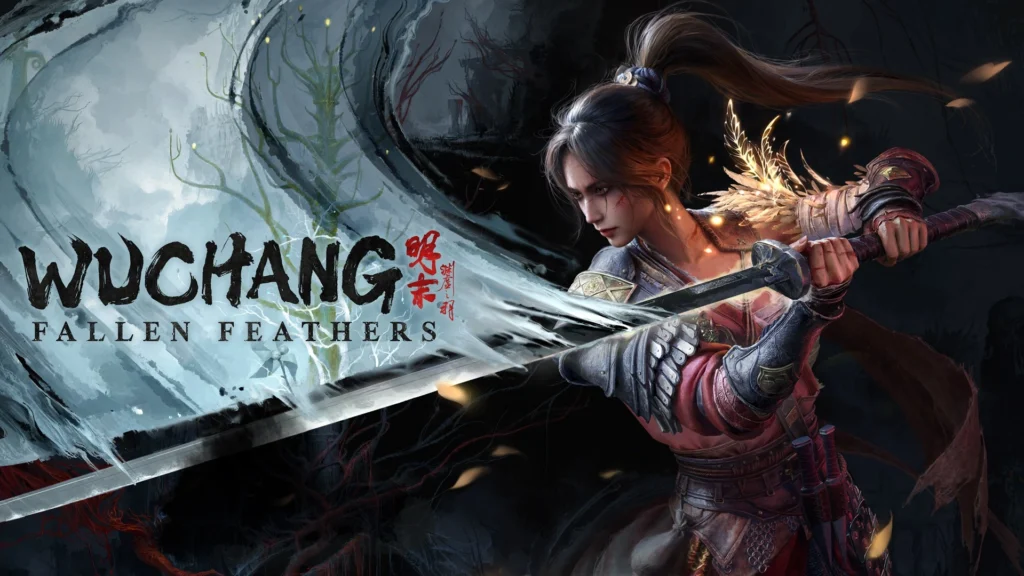
Wuchang: Fallen Feathers is bold, brutal, and occasionally broken—but in that charming, soulslike way where frustration leads to obsession. It doesn’t always land the narrative or the balance, but when it hits? It soars.
For a first game from Leenzee? This is an insane flex. And if this is just the beginning? Oh, we’re in for something special in the years to come.
“A messy masterpiece with claws, wings, and a wild side.”
| Feature | Rating | Notes |
| Combat | 9/10 | Deep, rewarding, and stylish |
| Story | 6/10 | Cryptic and inconsistent |
| Build System | 10/10 | Best-in-class customization |
| Boss Fights | 7/10 | Some bangers, some bonkers |
| World Design | 9/10 | Gorgeous and interconnected |
| Frustration Factor | 6/10 | Occasional “are you kidding me?” moments |
If you vibe with:
…then yes. You need this in your library.
Just bring your patience, your best dodge roll, and maybe some caffeine.
Also read:
Donkey Kong Bananza: A Banana-Powered Reboot That Slaps (Literally)
Top Roblox Anime Games to Play in July 2025